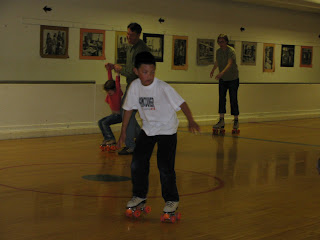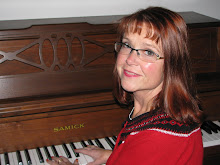
Today in our Family Time class I had a great reminder of one of the reasons we suggest taking Kindermusik before starting piano.
The children took a little extra time today with the instrument exploration during family jam. One thing we worked on with the older kids, was trying to exercise BOTH hands, not just the favored hand. Playing the simple instruments like a drum with mallet, rhythm sticks, castanets, sand blocks and shakers work on fine motor skills and hand eye coordination required to play the piano or any other instruments. Alternating egg shakers or rhythm sticks not only strengthens neural connections between the right and left sides of the brain, but it also strengthens coordination in the non-dominant hand which is essential for piano technique.
Another aspect of the instrument exploration is that the instruments are all played in different ways thus using different muscle groups in the arms. This strengthens the fine motor muscles that control the individual fingers. Finger independence and equal finger strength is also important to learning to play the piano.
This is also important in help the child learn to hold a spoon and feed himself or learning to write. Other activities that facilitate fine motor development are the pegged puzzles, stringing beads, putting beans through a small hole in an old can, using tongs to move cotton bowls from one dish to another, or using an eye dropper to squeeze out one drop of liquid at a time. Try putting these activities where they are worked from left to right. This helps prepare them to read text as well as music from left to right.
Kindermusik provides the perfect opportunity to work on all these skills in a free environment where there are no wrong ways to play an instrument and endless outlets for creativity.
Originally from Imaginations Music Studio offering Kindermusik and Piano in Birmingham by Lauren
















































